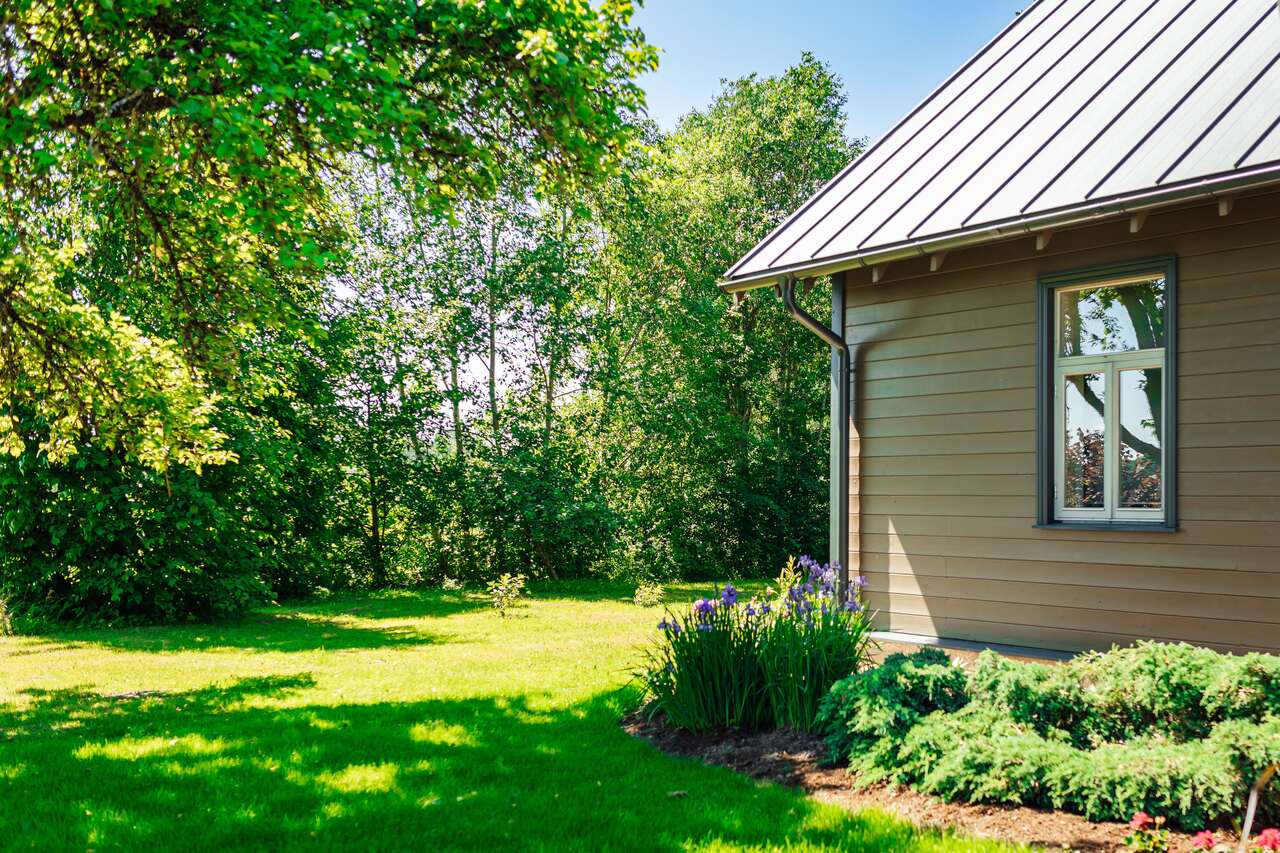
Choosing the right siding for your home is a critical decision, especially in areas prone to severe weather conditions. The exterior of your home not only influences its curb appeal but also plays a pivotal role in its protection against varying weather and climate. This guide delves into various siding materials, their pros and cons, and what to consider for homes in severe climates.
Understanding the Impact of Climate on Siding
The climate you live in significantly affects the longevity and functionality of your siding. From hot, humid summers to bitterly cold, snowy winters, and everything in between, the material you choose must withstand these conditions without compromising on aesthetics or efficiency.
Siding Materials and Their Suitability for Severe Climates
Vinyl Siding: Vinyl is favored for its affordability and low maintenance. It resists humidity and heat but can suffer in extreme cold, potentially cracking or being damaged by hail or windborne debris. However, high-quality, insulated vinyl siding can offer enhanced protection against such elements.
Wood Siding: Wood offers timeless beauty but demands higher maintenance, particularly in humid or wet climates where it’s prone to warping, rotting, or insect damage. Despite its classic appeal, wood may not be the best choice for harsh winters unless properly and regularly treated and maintained.
Fiber Cement Siding: Fiber cement is a robust alternative, mimicking wood’s look with greater durability and less upkeep. It’s resistant to both heat and cold, making it an excellent choice for a wide range of climates, including those experiencing severe weather conditions.
Stucco Siding: Stucco provides excellent protection if installed correctly but may not fare well in climates with heavy snowfall, as water seepage can lead to cracking. It’s best suited for dry climates and requires attention to air and moisture barriers behind its finish.
Brick and Stone: These materials offer unparalleled durability and low maintenance, making them ideal for almost any climate. They do not rot, are pest-resistant, and can handle extreme weather conditions, including high winds and heavy rains.
Additional Considerations for Severe Climates
Insulation: Adding insulation beneath your siding can significantly enhance your home’s energy efficiency, keeping it warm in winter and cool in summer, and potentially reducing energy costs.
Color: The color of your siding can affect your home’s thermal dynamics. Lighter colors reflect sunlight, reducing heat absorption in summer, while darker colors can help absorb heat during colder months.
Professional Installation: Proper installation is crucial for siding to perform effectively, especially in severe climates. Professional installers can ensure that your siding is correctly installed to withstand local weather conditions, comply with building codes, and achieve optimal energy efficiency.
FAQs
Q: What is the best siding material for high wind areas?
A: Fiber cement and brick are among the best options for high wind areas due to their durability and resistance to impact.
Q: Can siding improve my home’s energy efficiency?
A: Yes, especially when combined with proper insulation, certain siding materials can significantly improve your home’s energy efficiency by maintaining stable indoor temperatures.
Q: How does climate change affect siding choices?
A: With the increasing severity of weather events due to climate change, choosing durable, versatile siding materials that can withstand extreme conditions is more important than ever.
Q: Is siding financing available for energy-efficient upgrades?
A: Yes, many lenders offer siding financing options for energy-efficient upgrades, which can include favorable terms like lower interest rates or rebates.
Choosing the right siding for your home, particularly in areas with severe climates, requires careful consideration of material properties, local weather conditions, and long-term maintenance requirements. By selecting a siding material suited to withstand your local climate’s challenges, you can ensure your home remains protected, energy-efficient, and beautiful for years to come.








